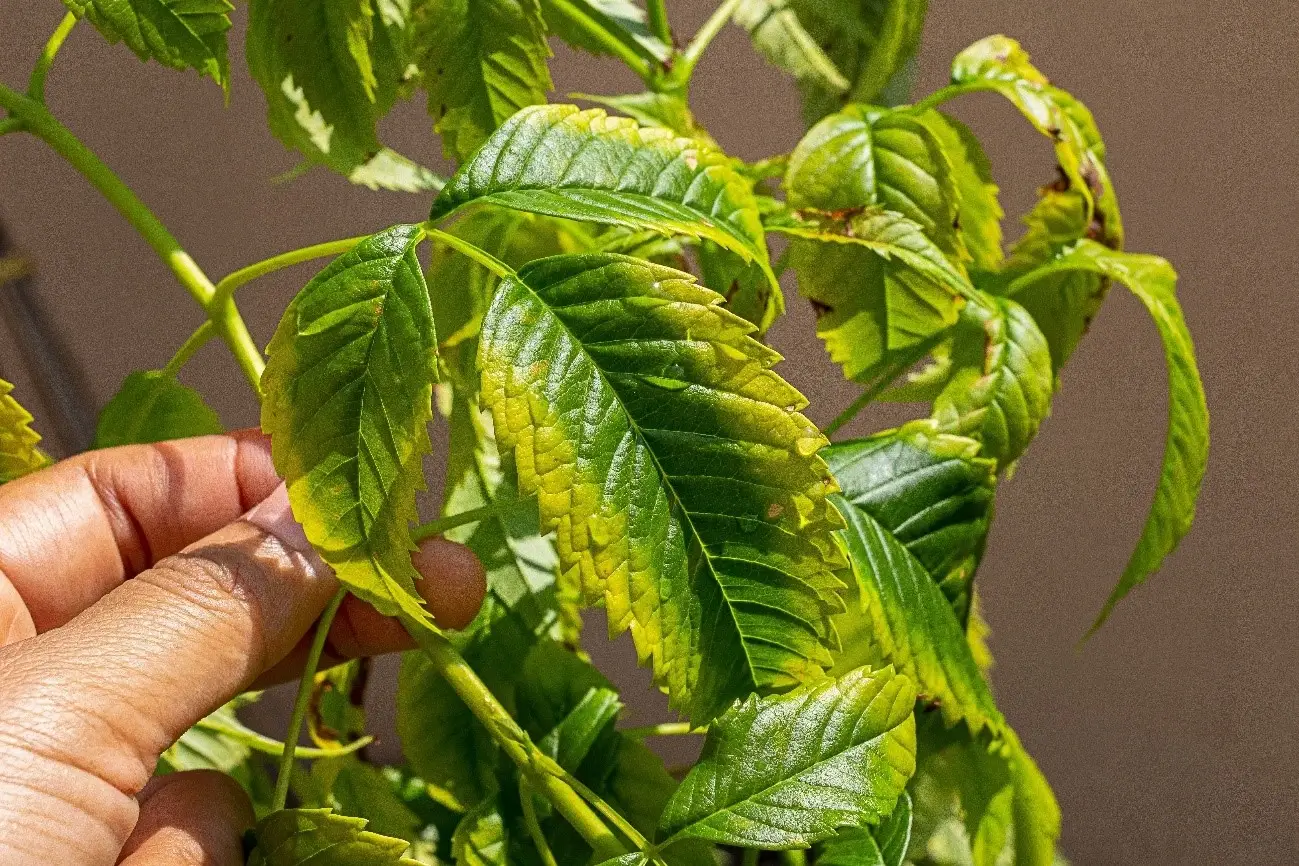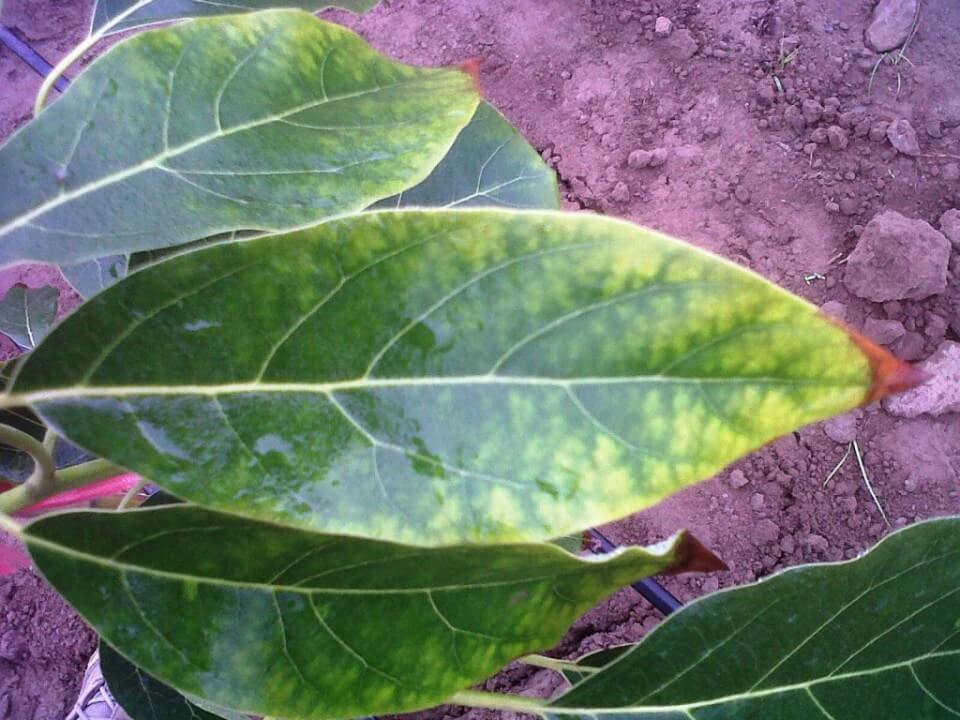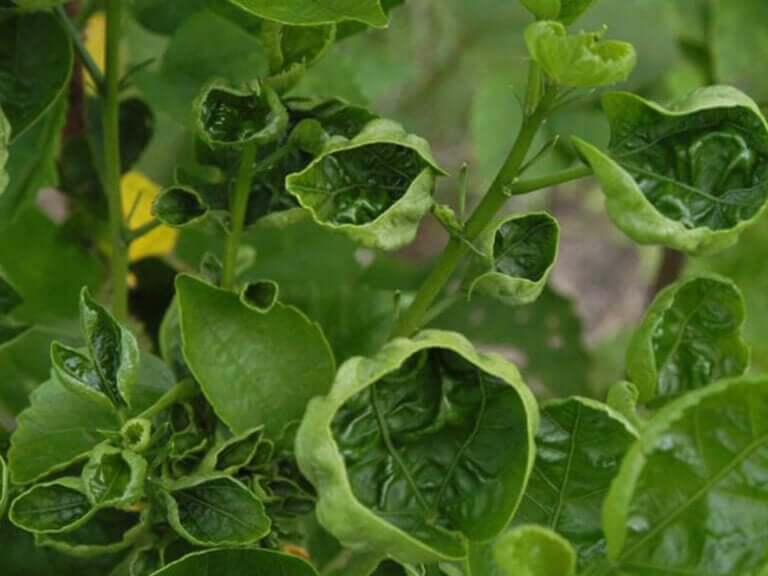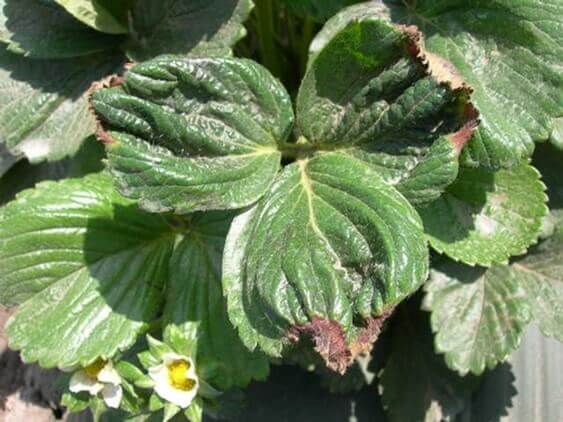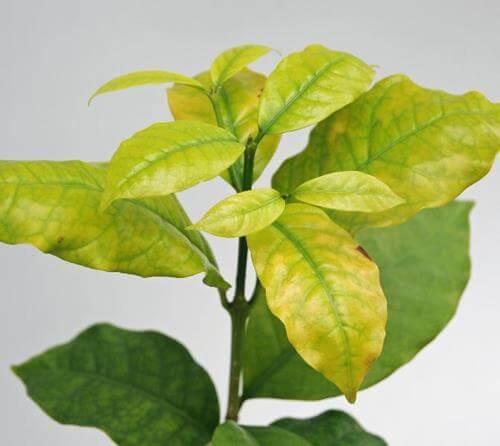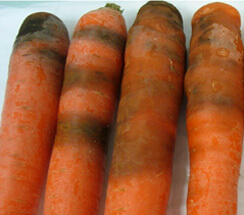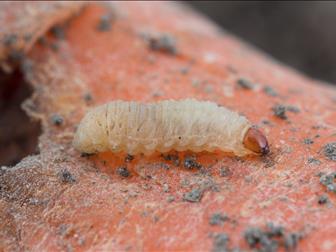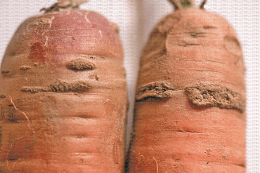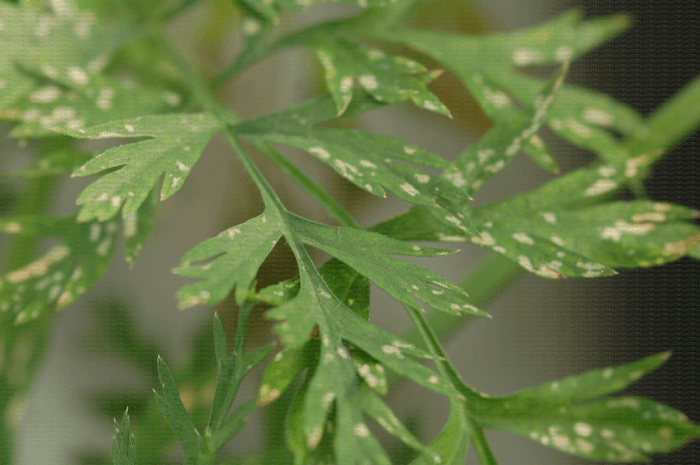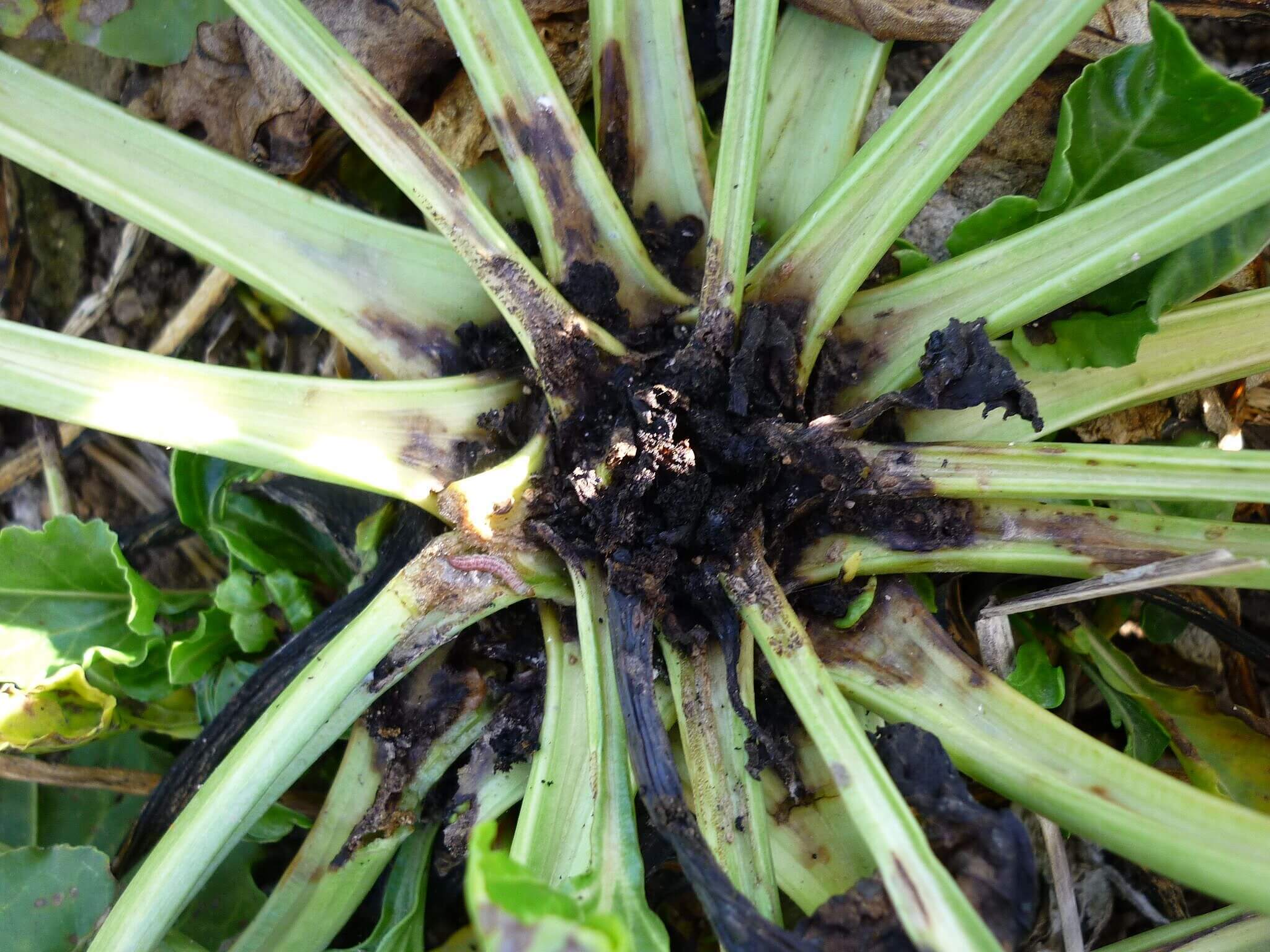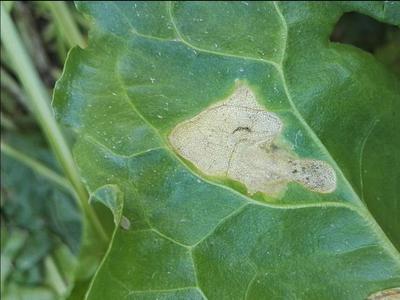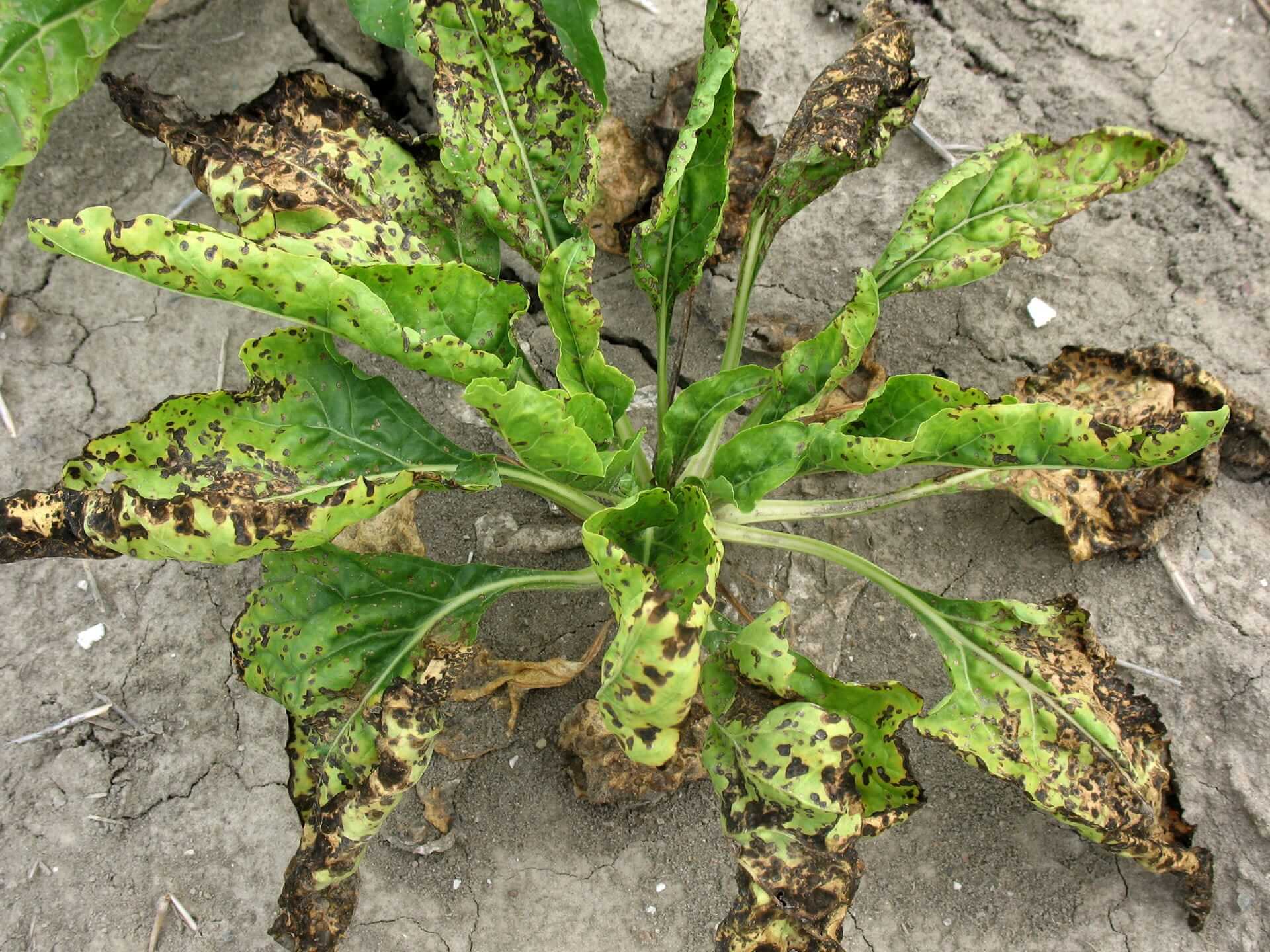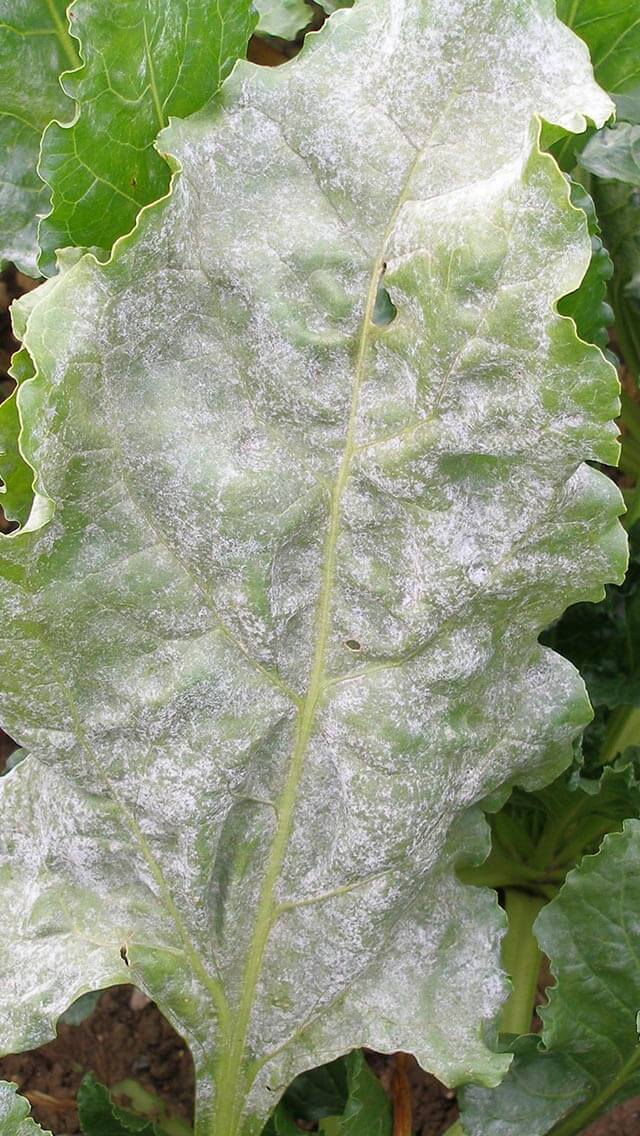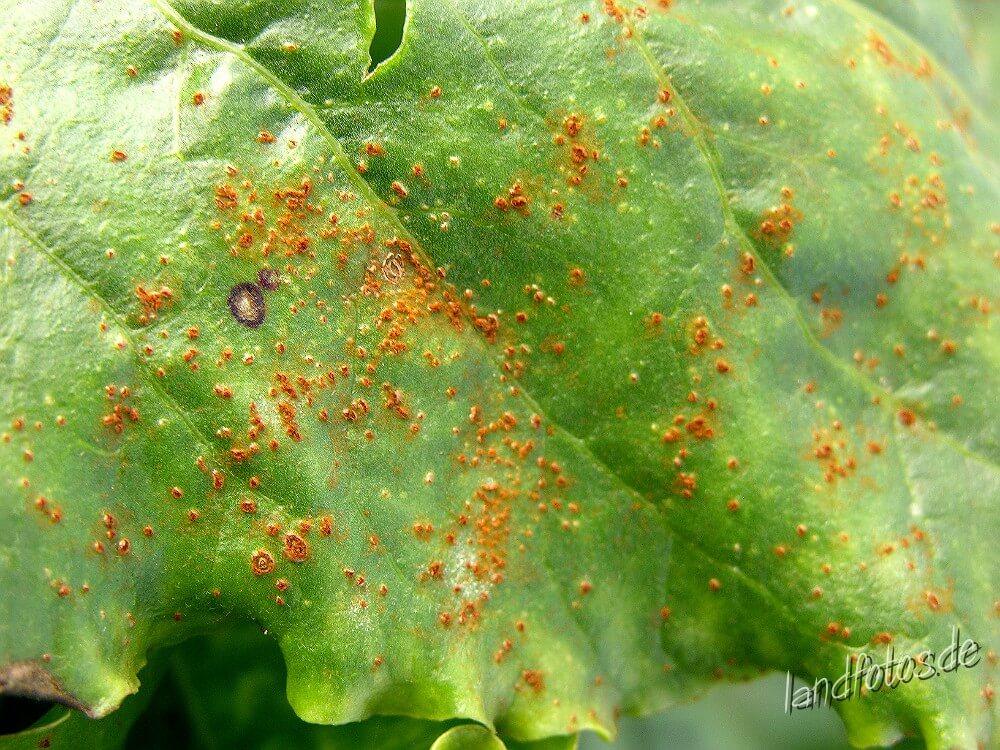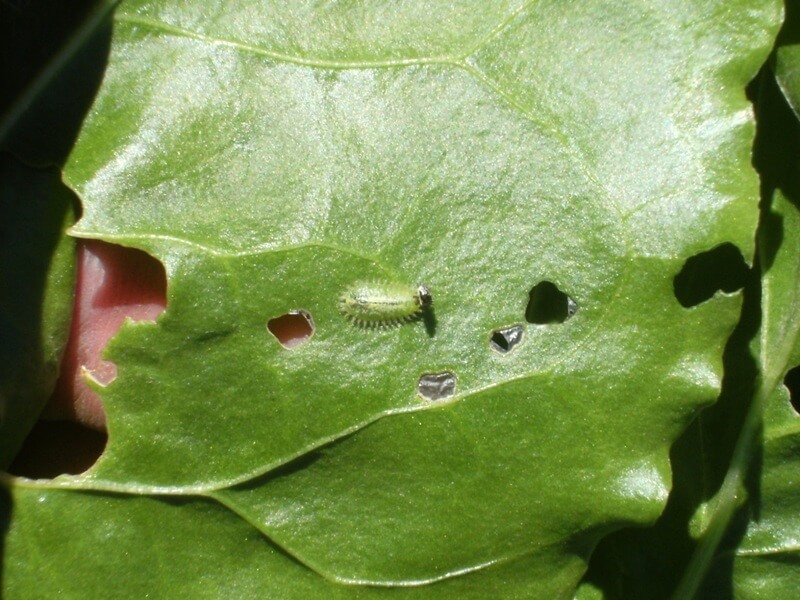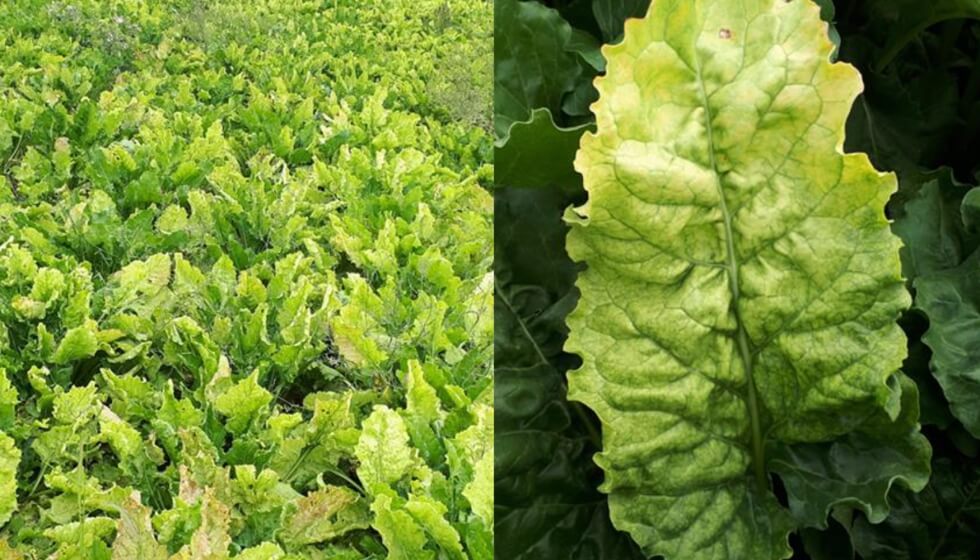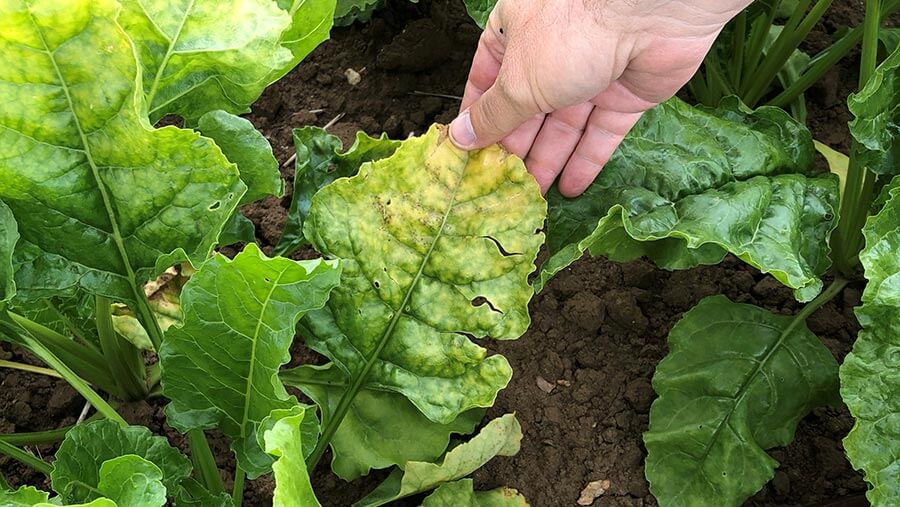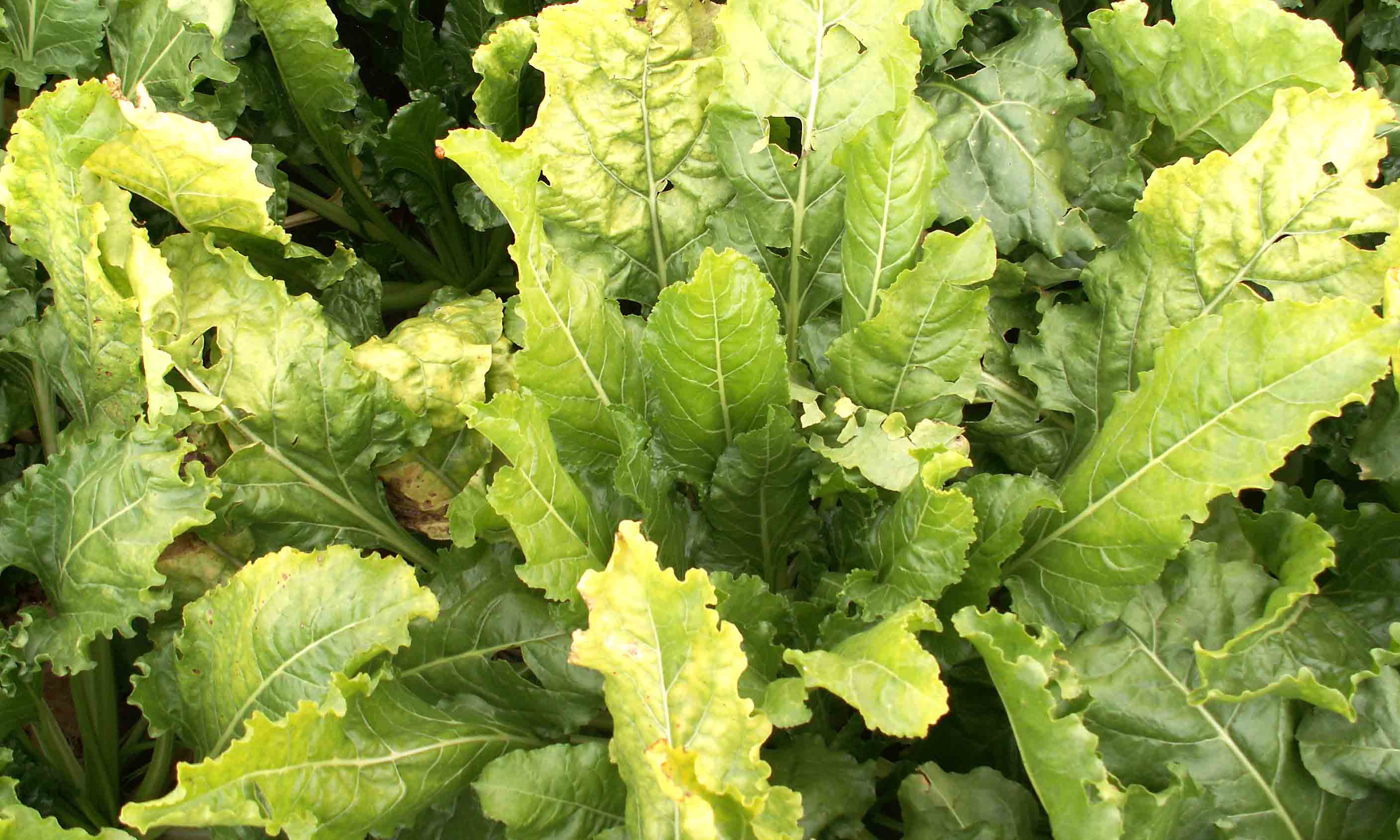
Remolacha de mesa
How to recognize and combat beet fly
Beet Fly
Insect
Type:
Risk to the plant:
HIGH
Pegomya Betae
Pathogen:

Minadores
WHO CAUSES IT?
Pegomya betae, known as the beet fly, is a dipteran of the Anthomyiidae family. Adults emerge in early spring and are characterized by their light gray color and translucent wings. Females lay their eggs in the soil near the base of beet plants. Once the eggs hatch, the larvae, which are creamy white in color, begin feeding on the roots and leaves of the plant. This larval damage is especially damaging as the larvae excavate galleries in the roots, making it difficult to absorb water and nutrients. The larvae go through several stages of development before pupating in the soil. Adults emerge after a week to ten days, ready to repeat the cycle. The number of generations can vary from two to five per year, depending on climatic conditions.
SYMPTOMS
The disease caused by Pegomya betae in beet manifests itself mainly in the underground part of the plant, where the larvae cause significant damage. These damages affect the growth and development of the beet, reducing both the quantity and quality of the harvest.
- Galleries and tunnels in the roots
- Delayed growth
- Leaf wilting
- Deformations in the roots
- Reduction of root mass
- General yellowing of the plant
- Low absorption of nutrients and water



DEVELOPMENT CONDITIONS
Temperature:
15°C - 25°C
Humidity:
60% - 80%
HOW IS IT SPREAD?
Wind, Soil movements, Contaminated agricultural machinery, Infested plants
HOW TO ELIMINATE IT?
Home treatments
There are no home treatments
Natural allies
Chemical treatments
There are no treatments for this disease. Treatments are directed at the insect vectors that transmit it. See insect treatments.
RECOMMENDED PRODUCTS TO ELIMINATE THE PEST
Sponsored link
Sponsored link
Sponsored link
Sponsored link
Sponsored link
Sponsored link
Sponsored link
Effective against all types of fungi
Sponsored link
Sponsored link
Sponsored link
Sponsored link
Sponsored link
REPELLENT PLANTS
-
RECOMMENDATIONS
























